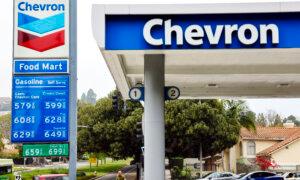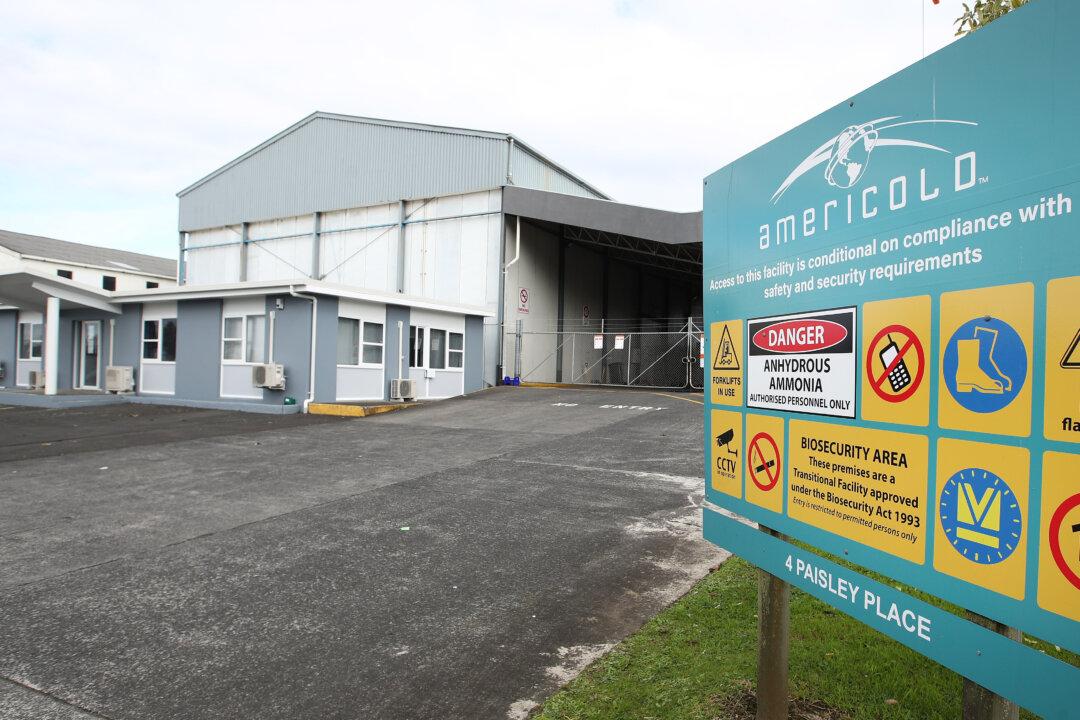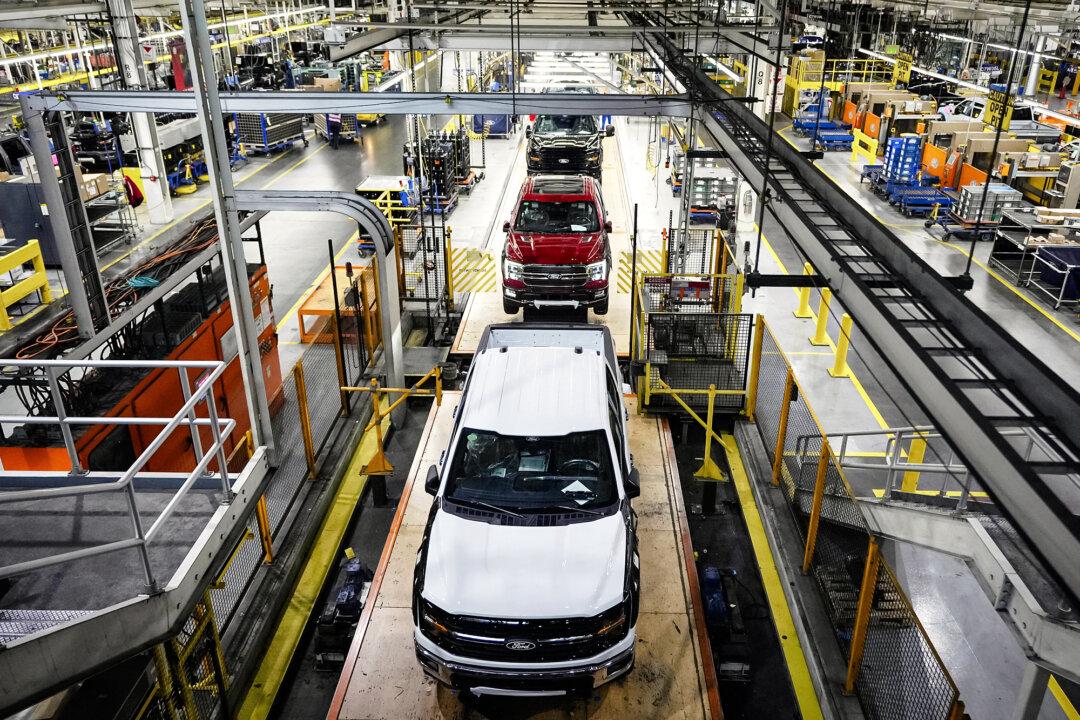During the company’s quarterly conference call on May 8, Occidental Petroleum Co., a top producer in the Permian Basin, joined other top U.S. companies in warning that the prodigious West Texas liquids-rich development could be headed for a reset as crude prices approach the breakeven level.
Occidental CEO Vicki Hollub said U.S. oil production in the voluminous Permian reservoir could peak between 2027 and 2030, limiting future growth in West Texas amid global market volatility and fluctuating oil prices. As a result, the Texas driller plans to pull two oil rigs online in the second quarter.
“From tech trade and tariffs to the return of OPEC+ volumes, oil markets are under pressure from multiple fronts,” said Hollub. “As operators, we cannot control the macro, but we can control how we respond. We’re taking proactive steps in response to the current environment to enhance this year’s (capex) program.”
In a recent research note shared with The Epoch Times, Bank of America oil and gas analyst Jean Salisbury stated that integrated oil giants, such as BP and Chevron, as well as large independent oil producers such as Occidental and Diamondback Energy, are pulling back in the Permian, as supply-and-demand economics have weakened over the past month.
“The double whammy of tariffs and OPEC production hikes sent our integrated and large (oil) producer coverage tumbling over the last week,” Salisbury wrote. “Overall, we see $50 for WTI as the threshold where capital efficiency concerns start to drive the narrative.”
Although oil prices have not nose-dived to $50 per barrel yet, Chevron was one of the first Permian drillers to blink, slowing production and cutting spending by $2 billion in the fourth quarter.
During the company’s first-quarter conference call on May 2, Chevron CEO Mike Worth said the Houston oil giant will further reduce its 2025 capital budget by $2 billion. This move is part of the company’s effort to target $2 billion to $3 billion in structural cost savings by the end of 2026.
Following its $26 billion merger with privately held Endeavor Energy Resources in September 2024, Diamondback emerged from the deal with 722,000 net acres in the prolific Permian Basin and a capital budget of between $4.1 billion and $4.4 billion. However, those plans quickly changed in February when the budget was reduced by $200 million to the range of $3.8 billion to $4.2 billion as WTI crude prices began to decline.
Unlike its smaller rivals, however, ExxonMobil appears to be sticking to its investment strategy a year after acquiring Pioneer Natural Resources for $60 billion, which more than doubled the Texas oil giant’s footprint in the Permian shale play, encompassing more than 1.4 million net acres.
The nation’s largest supermajor also stated that profits from its company’s U.S. drilling program increased by more than 70 percent, to $1.87 billion, from the same period last year, and production in the Permian has risen by 20 percent, to 4.6 million oil-equivalent barrels per day, following the Pioneer deal.
ExxonMobil CEO Darren Woods told analysts that the oil conglomerate’s scale and disciplined capital allocation strategy will allow it to reduce breakeven costs to $35 per barrel by 2027 and $30 per barrel by 2030.
At the close of trade on the New York Mercantile Exchange on that day, the U.S. benchmark, WTI crude, climbed by $1.90 to $59.15 per barrel. The international benchmark, Brent crude, was also trading up 2.9 percent, or $1.81 higher, at $62.93 per barrel in London.
Maksim Sonin, a Houston-based energy executive and fellow at Stanford University, told The Epoch Times via email that he believes the recent capital spending cuts are more of a short- to mid-term response to uncertainty over global economic growth, geopolitical tensions, and investment priorities.
“Over the past 20 years, WTI spot prices have fluctuated from being negative to as high as $145 per barrel, with the average around $70,” Sonin said.
“That’s why I wouldn’t be surprised to see the supermajors ramping up their capital investment programs in the mid- to long-run. It’s always a tradeoff between short-term gains and long-term growth.”







